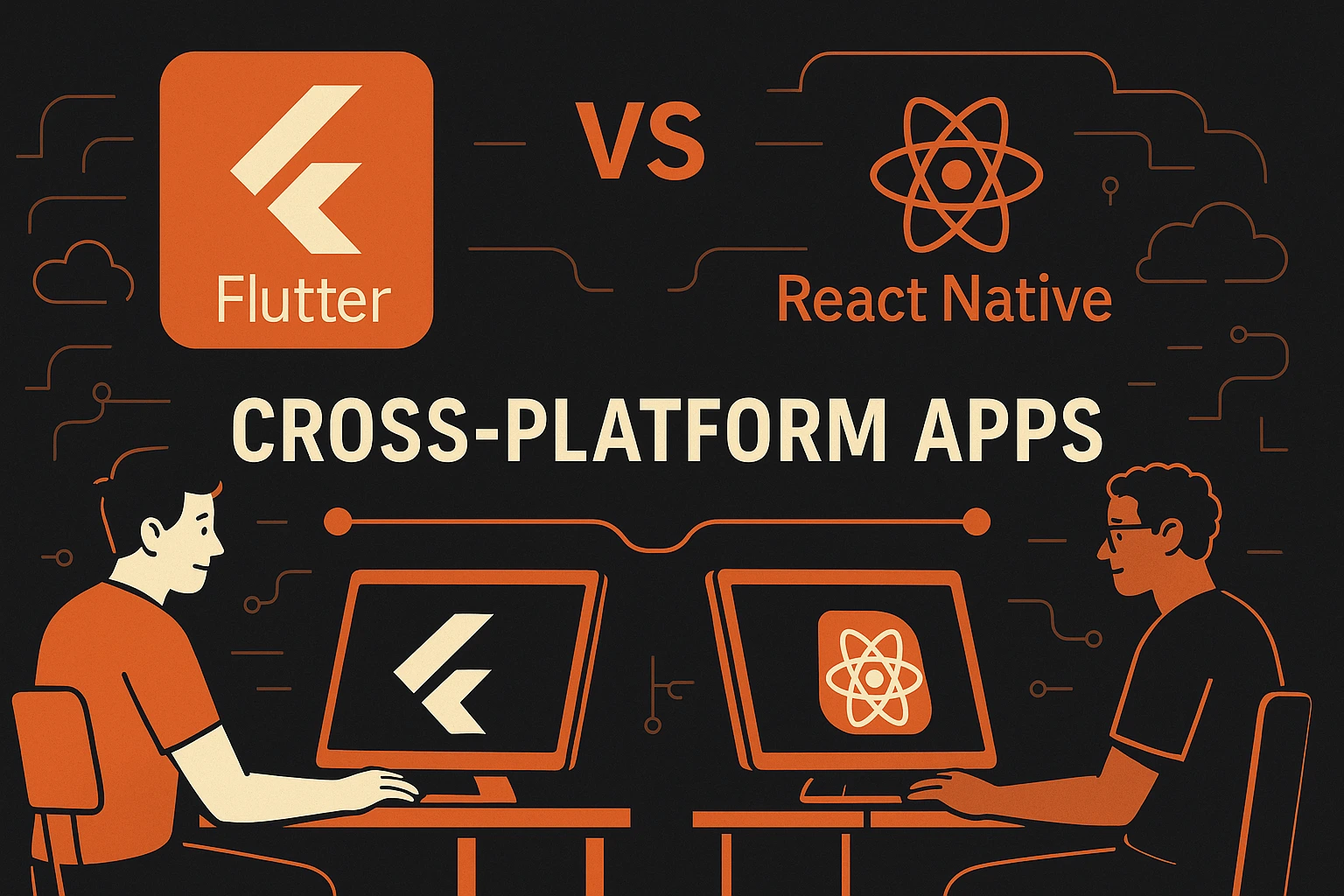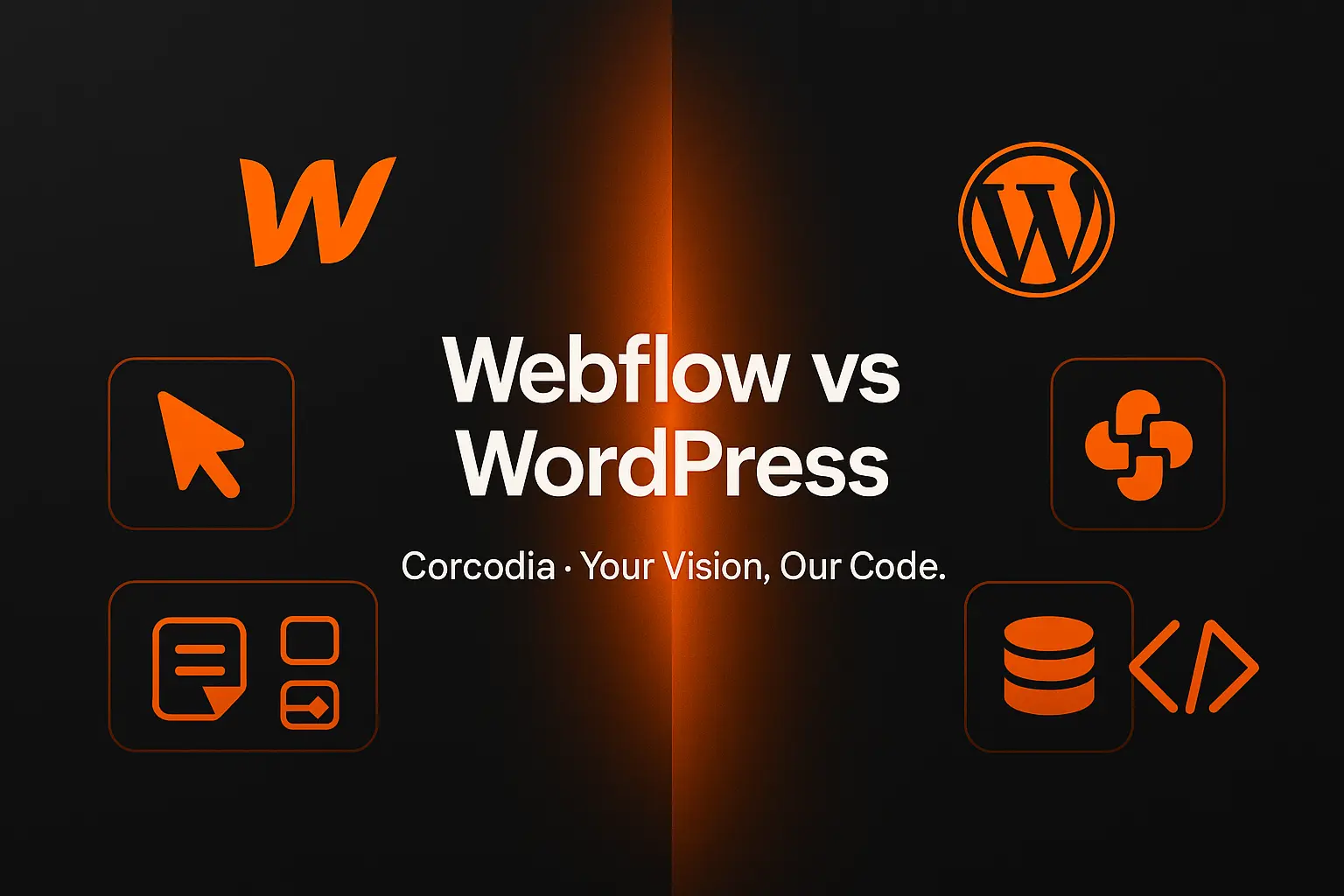
As mobile markets expand, companies are seeking faster, more efficient ways to deliver apps across multiple platforms.
Instead of building separate apps for iOS and Android, cross-platform frameworks allow developers to write code once and deploy it everywhere.
Two giants dominate this space: Flutter, developed by Google and React Native, developed by Meta (Facebook).
Both promise native performance, faster development and cost efficiency — but they approach these goals differently.
Flutter is Google’s open-source UI toolkit designed to build beautiful, high-performance apps from a single codebase.
It uses the Dart programming language and a rendering engine that draws every pixel on the screen, ensuring consistent UI across platforms.
Key Advantages:
- Consistent Design: Flutter’s widgets look identical on all devices, maintaining pixel-perfect interfaces.
- High Performance: Compiles to native ARM code, reducing lag and improving speed.
- Hot Reload: Developers can instantly see changes without restarting the app.
- Strong Ecosystem: Backed by Google, with growing adoption in enterprise and startup environments.
Considerations:
- Larger app sizes compared to native solutions.
- Smaller community than React Native (though growing fast).
React Native allows developers to build mobile apps using JavaScript and React — two of the most widely used web technologies.
It bridges JavaScript code with native APIs, offering a familiar environment for front-end developers.
Key Advantages:
- JavaScript Ecosystem: Leverages a massive pool of libraries and developers.
- Native Components: Uses platform-native UI elements for an authentic experience.
- Mature Community: A large community means faster troubleshooting and more third-party packages.
- Code Reusability: Portions of code can even be shared between web (React) and mobile apps.
Considerations:
- Performance depends on the bridge between JavaScript and native code.
- UI consistency can vary between Android and iOS.
When it comes to raw performance, Flutter generally has the edge.
Because it doesn’t rely on a JavaScript bridge, it achieves smoother animations and faster rendering, ideal for graphically demanding apps.
React Native performs well but may experience small delays in complex UIs due to its bridging architecture.
For apps heavy on graphics, animations or custom UI, Flutter often outperforms React Native.
For content-driven or lightweight apps, React Native remains more than capable.
Flutter:
- Offers an integrated environment with Google’s ecosystem (Firebase, Material Design).
- Documentation is well-organized and beginner-friendly.
- Dart is easy to learn but less common than JavaScript.
React Native:
- Perfect for teams already skilled in JavaScript and React.
- Integrates easily with existing web projects.
- Relies more on external libraries for UI customization.
Both frameworks support CI/CD pipelines, automated testing and strong community support — but Flutter’s ecosystem is becoming increasingly unified, while React Native thrives on flexibility.
Real-World Use Cases
Flutter powers apps like Google Ads, BMW and Alibaba — where consistent design and performance are critical.
React Native drives apps like Instagram, Walmart and Discord, proving its scalability and adaptability.
The choice often depends on team skills and project requirements rather than one being universally “better.”
Conclusion: Choosing the Right Framework
So, which framework wins?
- Choose Flutter if you want consistent design, high performance and tight integration with Google tools.
- Choose React Native if your team already uses JavaScript, values flexibility and needs fast prototyping.
In 2025, both Flutter and React Native continue to dominate the cross-platform space — but Flutter is rapidly gaining ground, offering a more cohesive and performant development experience.
Ultimately, the winner depends on your project’s goals — and how you define success.


